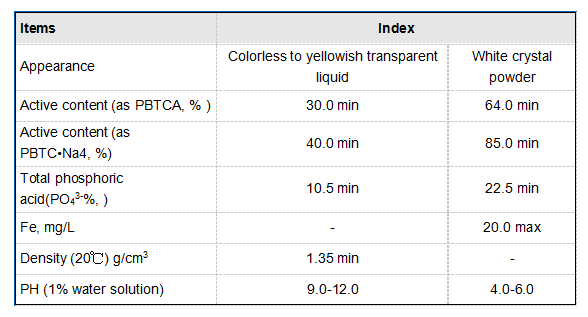Effective Use of Flocculants in Water Treatment Processes and Techniques
Flocculant Water Treatment An Essential Process for Clean Water
Water is one of our most vital resources, essential for life, agriculture, industry, and recreation. However, as urbanization and industrial activities continue to rise, the quality of natural water sources deteriorates due to the presence of pollutants and particulate matter. To address these challenges, the process of water treatment becomes critical, and among the various techniques used, flocculation stands out as a highly effective method.
Flocculation is a process that involves the aggregation of fine particulates in water into a floc or a larger particle, which can then be more easily removed from the water. This process sets the stage for sedimentation and filtration, making it a crucial step in the treatment of drinking water, wastewater, and industrial effluents. The use of flocculants—chemical substances that promote the clumping of particles—plays a central role in this process.
Flocculant Water Treatment An Essential Process for Clean Water
The flocculation process typically begins with the addition of coagulants to the water. These coagulants neutralize the charges on suspended particles, allowing them to come together to form larger aggregates known as flocs. Once flocs are formed, gentle mixing helps them grow in size, after which the water is left undisturbed, allowing gravity to pull the heavier flocs down to the bottom of the treatment tank—a process known as sedimentation.
flocculant water treatment

Filtration follows sedimentation to ensure that any remaining particulates are captured. This multi-step approach effectively reduces turbidity, removes pathogens, and lowers the concentration of dissolved and suspended solids, thereby improving water clarity and safety.
One of the significant advantages of using flocculants in water treatment is their ability to significantly enhance the efficiency of solid-liquid separation processes. In municipal water treatment facilities, for example, the use of flocculants can lead to lower operational costs and improved overall water quality. Moreover, these chemical agents can aid in the removal of specific contaminants, including heavy metals, bacteria, and organic compounds, making them invaluable in both drinking and wastewater treatment applications.
However, the use of flocculants is not without its concerns. The introduction of chemicals into water systems necessitates careful management to avoid potential toxicity and environmental impacts. Therefore, regulations and guidelines govern the use of flocculants, and ongoing research continues to focus on developing more sustainable and eco-friendly alternatives.
As global water demands increase, so too does the importance of effective water treatment practices. Flocculation represents just one of the many tools in our water treatment arsenal, but its benefits are significant. By improving the clarity and safety of our water supply, flocculants help to protect public health and the environment.
In conclusion, flocculant water treatment is a critical component of modern water management strategies. As we face growing challenges related to water scarcity and pollution, understanding and improving the processes involved in water treatment, including flocculation, will be vital for ensuring sustainable access to clean and safe water for all. Through advances in technology and research, we can continue to enhance the efficiency of flocculants and develop greener alternatives, paving the way for a healthier, more sustainable future.
-
Water Treatment with Flocculant Water TreatmentNewsJun.12,2025
-
Polymaleic AnhydrideNewsJun.12,2025
-
Polyaspartic AcidNewsJun.12,2025
-
Enhance Industrial Processes with IsothiazolinonesNewsJun.12,2025
-
Enhance Industrial Processes with PBTCA SolutionsNewsJun.12,2025
-
Dodecyldimethylbenzylammonium Chloride SolutionsNewsJun.12,2025





